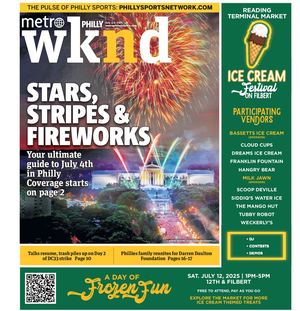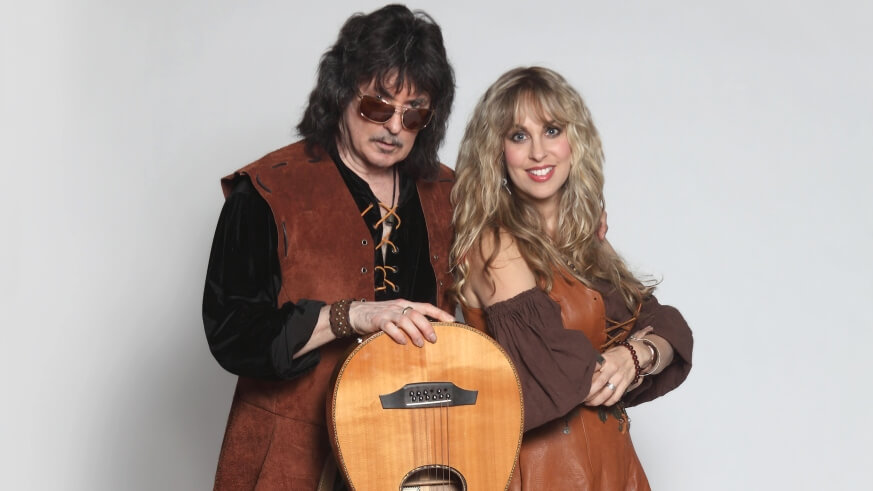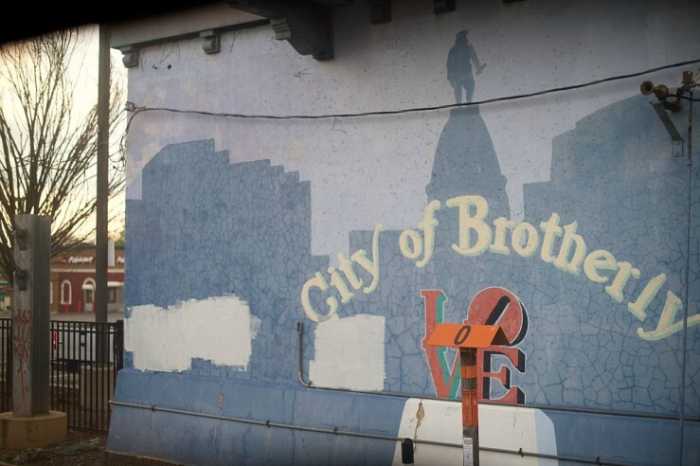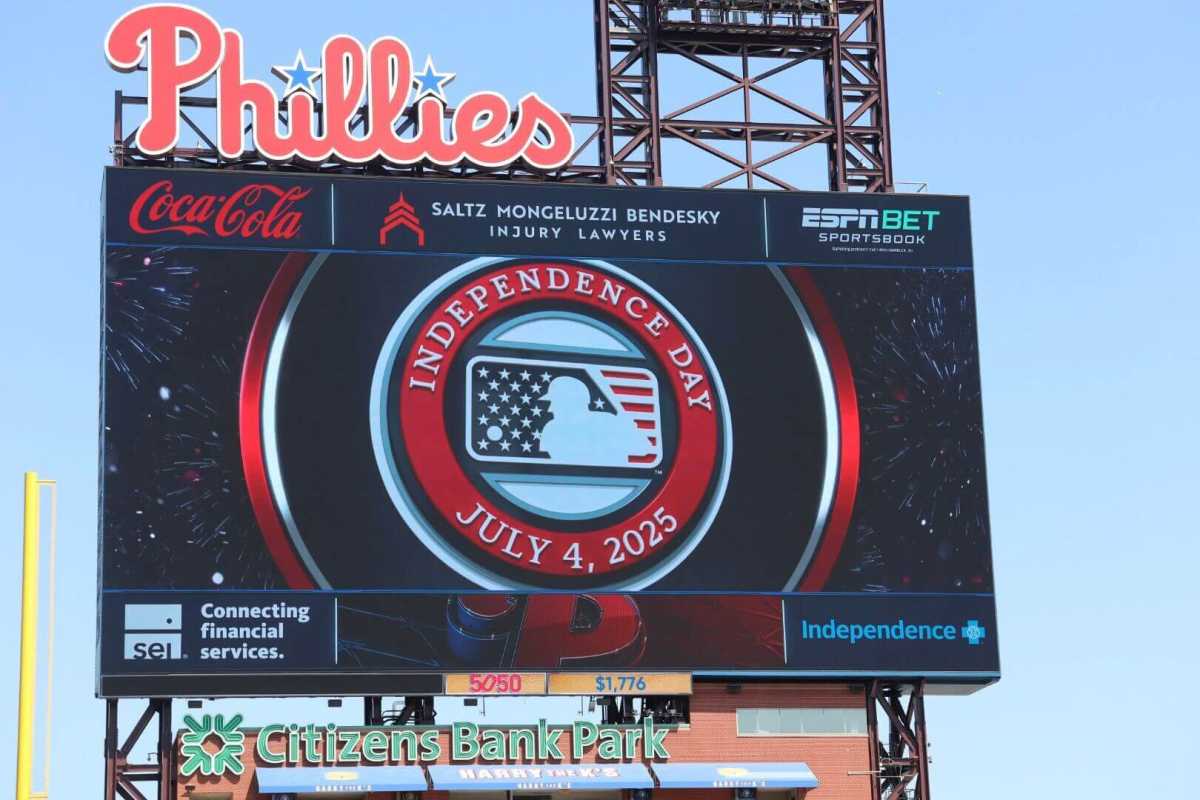What’s left to do for an encore after you have spent one decade inventing a musical form (heavy metal with Deep Purple), then another 10 years-or-so refining it, making it louder and more artful (Rainbow with the late Ronnie James Dio)? If you’re British thunder god guitarist and epic songwriter Ritchie Blackmore, you do something truly revolutionary. You junk your Fender Stratocaster and Marshall stacks for a nearly exclusive relationship with an acoustic guitar and (mostly) quietude, collaborate with the woman you love (his wife of 10 years, singer-lyricist Candice Night), drag out the lutes and harps, and dress up in era-appropriate costume for the crinkly Renaissance music of Blackmore’s Night, who play a big gig at Glenside’s Keswick Theatre on July 19.
“When we first started this ensemble, it was as an escape from rock n’ roll – especially for my husband – and the corporate world that it had become at that time; a much different place than the one Ritchie got into in 1968,” says Night from the couple’s home/studio complex in upstate New York. “Individuality and creativity was key when he first got in the game. You could tell the difference between Cream, Jethro Tull and Deep Purple. Fast-forward 30 years and a time where he was reforming Rainbow, and the labels were asking for tapes, giving him notes; and thumbs-down on his creative input.”
When Blackmore and Night began writing their own material in 1997, it was strictly for themselves. Oddly enough, what they both had a fondness for was ancient, world and Celtic folk music, and worked from that inspiration to craft new music that benefits from Renaissance school influences, arrangements and melodies. “I just followed my heart,” says Blackmore, quietly. “It is simple to take a melody of medieval times and create an inversion of, or an interpretation that may be of a more modern sensibility. It’s a way of playing that is surpassingly acceptable to the modern ear. Even though we are still playing old instruments like the hurdy-gurdy and such, we enjoying play around with the arrangements, so that we meet audiences half way.”
Ask Blackmore if playing music with deep elements of quiet and silence has something to do with artistic evolution or personal maturation, and he considered his next response deeply. “I don’t believe in that evolution, I believe in spontaneity. I wake up and play whatever I want to play I have no directive. That’s rarer than you think.”
Along with changing (most of) his signature style to accommodate the intricate delicacy and quietude of Renaissance-era music, the legendarily foreboding Blackmore now seems more approachable, and dare I say, funny.
“I find the variety of it (Renaissance music) very pleasing and opening; so much more than rock n’ roll, and only doing heavy riffs and such,” says Blackmore. “As much as I love that crunching sound, and to play that way… this other way is disciplined, and open to quiet. Having played classical before metal, I was always aware of such music and such tone. Renaissance music goes beyond just turning up the amps. Playing acoustic music such as this I very unforgiving. It’s worse than being on stage and playing in only in your underwear.”
The pair not only continued to joke and inform throughout the interview (Night reminded longtime listeners that as far back as Deep Purple’s “Smoke on the Water,” he started incorporating medieval modal scales for that foreboding sound), Blackmore gave a shout out to Piffaro, The Renaissance Band, the Philadelphia-based early music ensemble, who has, on occasion, joined Blackmore’s Night on stage during past Keswick Theatre shows. “This is not an easy music to play, as it truly takes deeps dedication to its history and its form, as well as developing its instinct ” says Blackmore. “But it is rewarding, And, surprisingly, a hell-of-a-lot of fun.”


































